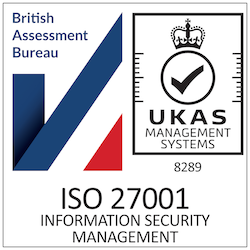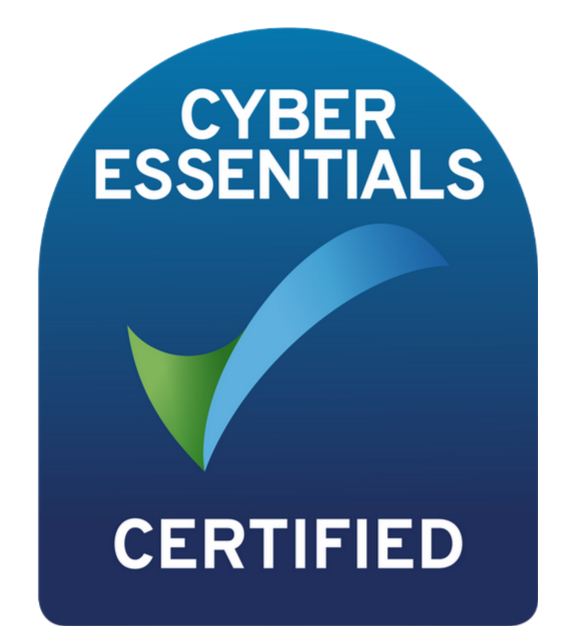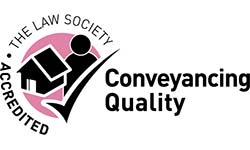When buying a property, it is important that you know about Stamp Duty and what it is. Whether you’re a first time buyer, or you already own property, you will need to know about how it applies, and most importantly the recent changes to it, as announced by the government in September 2022.
When you purchase a residential house, a plot of land or a commercial property in England or Northern Ireland, you must pay Stamp Duty. It’s a tax that applies to both leasehold and freehold properties whether you’re buying the land or property outright or with a mortgage, similar to the Land and Buildings Transaction Tax in Scotland or the Land Transaction Tax in Wales.
Within 30 days of finalising the purchase of your house, the conveyancer will file a Stamp Duty Land Tax return in order to pay stamp duty. HMRC may impose fines and interest if you fail to make your payment by this deadline.
In addition to all the other expenditures associated with buying a home, you need to assess whether you will be able to afford the stamp duty, as this needs to be paid with cash, and cannot be added to your mortgage, or paid with credit.
How much do you have to pay?
Starting from the 23rd of September 2022, the thresholds for stamp duty have changed, meaning you may now pay less than previously.
The threshold for stamp duty on residential properties has been raised from £125,000 to £250,000. Meaning that buyers will not have to pay stamp duty on the first £250,000 of the property.
First-time buyers are now exempt from stamp duty on home purchases up to £425,000 in England and Northern Ireland. However, they’ll still pay 5% stamp duty on the portion of the property price from £425,001 to £625,000. Previously, the threshold was £300,000 for first-time buyers.
The stamp duty bands are currently:
- Nothing to pay on the first £250,000
- 5% between £250,001-£925,000
- 10% between £925,001 and £1.5 million
- 12% above £1.5 million
In addition, stamp duty on a second home or buy-to-let property will cost an extra 3% on top of the basic stamp duty rates. This 3% will apply to any property that is bought for £40,000 or more.
You can find out more information on how much stamp duty you will have to pay by using a stamp duty calculator which provides accurate results. Once you have calculated your stamp tax and are ready to start the conveyancing process, the ONP Group has over 150 conveyancers with a wealth of experience. If you are looking for more information, please get in touch with our team today.







